Why I Train With Steel
By Abner Miranda
A few years ago I had the privilege of attending a shortened version of the world famous Rogers Range Course (RRC) put on for select members of the media. The course was rigorous and pitted us against the computer that runs the RRC. The course is named after Bill Rogers. Bill is a true pioneer in our industry, and I urge you to look him up because I can’t do the man justice within the confines of this article. The RRC is a computer driven chaos system that is incapable of repeating itself in any sort of a predictable nature. Much like human motion in combat, the system simulates an adversary that zigs and zags as he tries to dodge your aim and get hits on you.

Pistol craft is bread and butter, and reactive shooting is a must have for the modern gunfighter. The Rogers Shooting School teaches reactive shooting at its finest. Reactive shooting is the condition in which you cease to think about engaging the target and just do it. The course of fire at the RRC is comprised of seven, pneumatically operated targets across five shooting stands that are staggered from seven to 20 yards. The shooter stands just inside a framed doorway inset in a wall that runs the length of the multi-bay RRC. From this position you fire nine challenging courses of fire, during which 8" steel targets are only exposed from .5 to .75 second. Those times are tough considering that a precision shooter’s reaction time to hit a target, from a security holster, is about 1.5 seconds. Upon leaving the course with a final score of around 70%, I was bummed that I didn’t score higher. The fact is that at the RRC a 70% is pretty darn good considering just how hard this kind of training is. Bill wasn’t on hand for this event and I spoke with him a few months later at SHOT Show where he told me that 70% was actually a respectable score.
Upon returning home from the RRC I knew that I had to incorporate those things I’d learned into my training time on my home range. It was then that I started using steel from Action Targets and Challenge Targets. I cast off all of my paper targets and have transformed my range into a reactive steel range that can be quickly reconfigured within about five minutes for a myriad of drills. Why? Once you transition to steel you’ll NEVER go back to shooting paper...ever! Nothing is better at giving the shooter instant feedback than hitting a reactive steel target.

Practice Makes Permanent...
There’s a saying in shooting that goes “perfect practice makes perfect.” Most of us are accustomed to hearing “practice makes perfect.” However, time has shown us that practice only makes permanent. In other words repetition makes something permanent, it doesn’t make it right. When you were a kid, learning to play baseball, how many times did you hear your coach yell “Keep your eye on the ball!” Through devotion and arduous repetition, the moment finally arrives when the young athlete hears the crack of the bat and sends the ball sailing over the outfield. Within 300 milliseconds of the success the mind forms a positive neural pathway and stores the muscle memory labeling it “success!” Bill refers to this similar phenomena in shooting as Positive Instant Recognition (PIR). PIR in shooting, just as in sports, must be recognized immediately or else the mind won't record the success as such. This is easy in sports because you can see, feel, and hear the contact with the ball. In shooting, PIR is almost impossible to achieve because a fired shot that misses a paper target sounds and feels exactly like one that pierces the 10 ring. So how does one achieve PIR in shooting? Ditch the paper targets, and go to all steel. With the instant feedback of ringing steel the shooter gets the PIR that's desperately needed to form a positive neural pathway.
Making The Most Of your Range Time
I’ve been using two types of targets religiously. The first is the PT Hostage from Action Targets. The second are the 6” Diameter AR500 Pistol Targets from Challenge Targets. The PT Hostage target is “plug and play” sort of simple but is limited in what you can do with it. Both the torso and 6” swinging lollipop plate are made of AR550 Brinell, Armor Steel and are pistol and rifle rated. You can remove the swinging plate and just use the torso for longer range shots. This target can suck up rifle rounds to include green tipped M855. In fact M855 does less damage to it than M193 due to the fact that M855 is heavier and slower than M193. So yeah you can shoot pretty much anything at it that your AR-15 can dish out. Also, before I move on, it bears noting that I shoot steel sometimes as close as three feet. This is in direct contradiction to what the manufacturers tell you. Their paperwork advises you to shoot steel no closer than 50-100 yards. Why? Because you are going to get hit by bullet fragments if you shoot up close. The fact is that we live in a highly litigious society and not everyone should be running a firearm. However, if you’re going to train at your peak you need to decide if you’re going to do it on steel, and how close you’re going to do it. I shoot up close because I want to know what it is to see, and feel the bullet-hit on the target. I also want to get accustomed to getting hit with fragments. Look at it like this. When the bullets start flying in a real fight there’s going to be a lot of debris and bullet fragmentation around you. I’ve accepted this and am doing my best to train for it. Anything else is just expensive noise to me.

The other way in which I use steel is with the aforementioned Challenge Targets 6” Pistol Plates. These are 1/4” AR500 steel and are rated for pistol use only. While this limits their use they’re actually a lot more useful, to me, than heavy static target systems. These plates can be mounted atop a 2x4 with the mounts from Challenge Targets. I prefer to use the targets by simply drilling through a 2x4 and running carriage bolts through the plates. I use wing nuts so I can tighten them from time to time as they loosen from bullet hits. I fabricated some steel bases that stand the plates upright, however, you can use cinder blocks packed with sand to hold your targets upright. My bases are designed to fall back so that I actually practice tracking the target to the ground and can now hit these 6” plates two and three times as they’re falling backwards. How many times have we been told “shoot the threat to the ground” but we’re forced to imagine them falling over because we’re forced to shoot at standing paper targets.
As foreign an idea it is to shoot steel it needs to be understood why every Tier 1 Unit and dedicated LE Tactical Team have turned their backs on paper targets. Steel is just the better way to train. There’s a lot more to look at on this subject matter. For more knowledge, please take a look at some of the videos I have, on youtube, on working with steel.
As always, God bless you all, get those guns out and practice. Have a good one!
~Abner Miranda is a former Police Officer, an FBI trained Hostage Negotiator, a First Responder, and Spanish Interpreter. He is currently a Firearms Instructor, an Armorer, and a regular contributor to our industry of both written and digital media. You can see more of Abner’s work on his YouTube channel: https://www.youtube.com/user/daddycop3



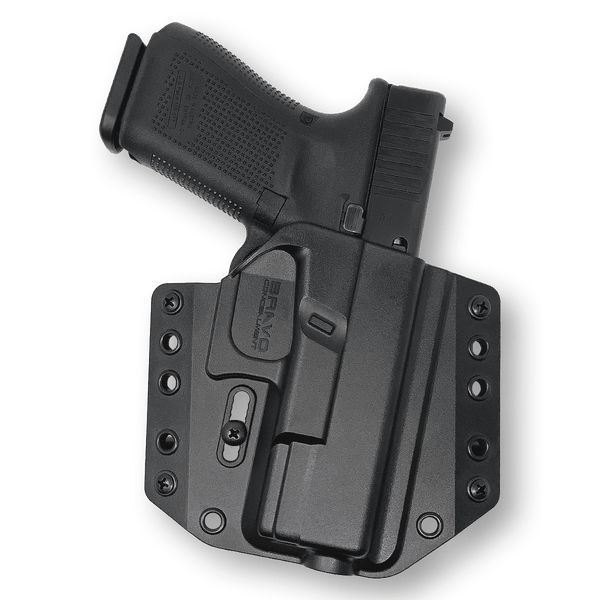
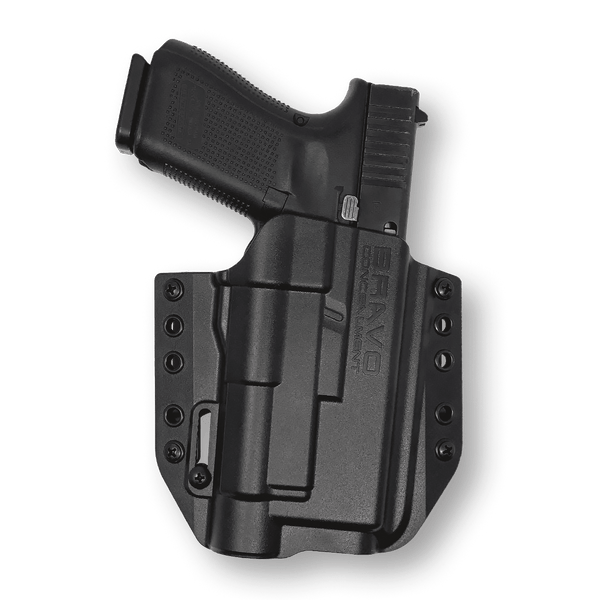
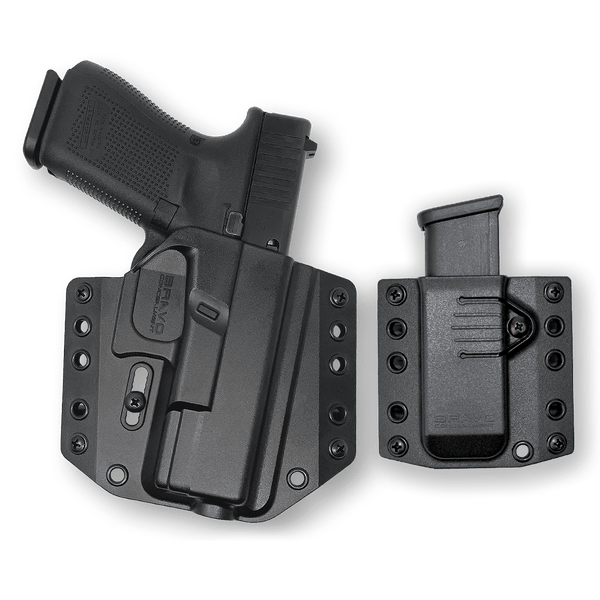

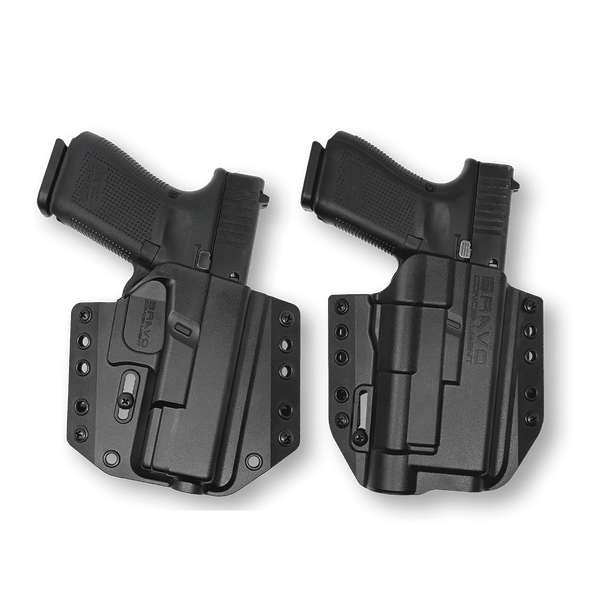
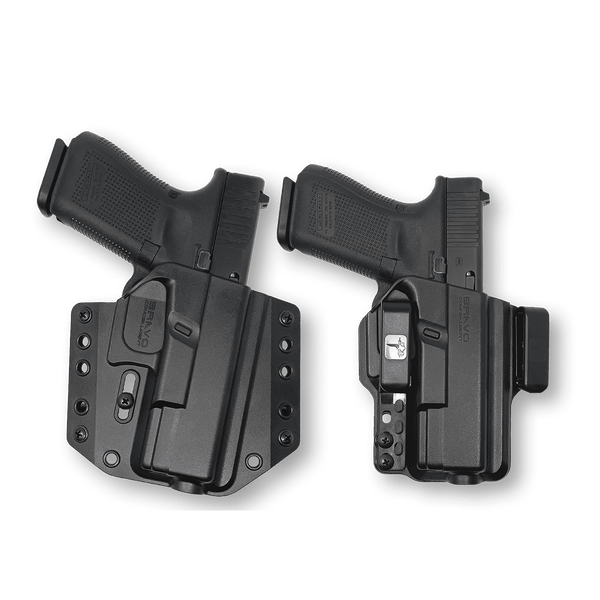
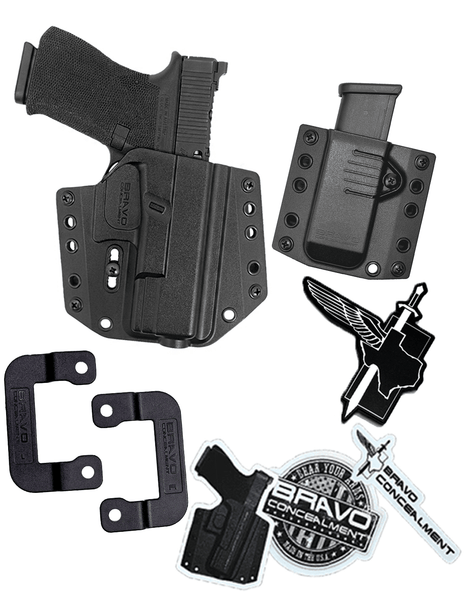
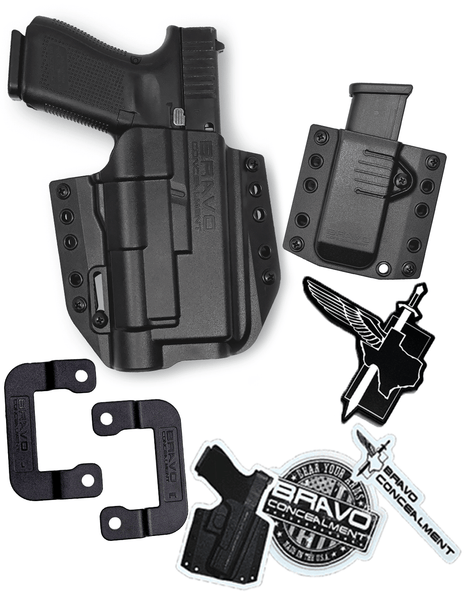
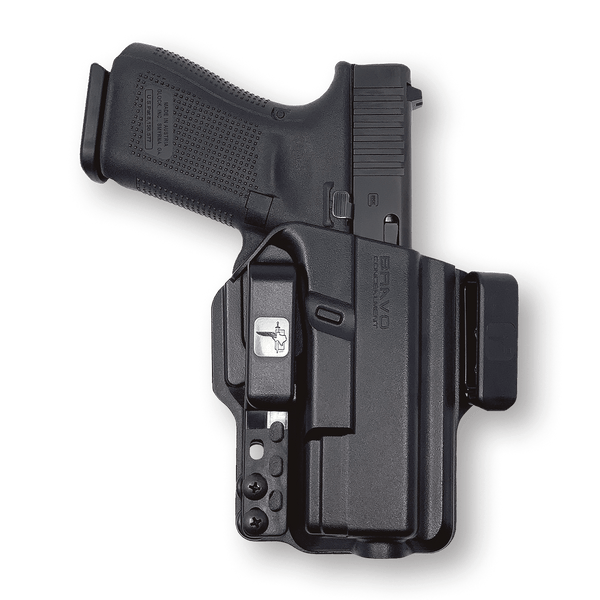
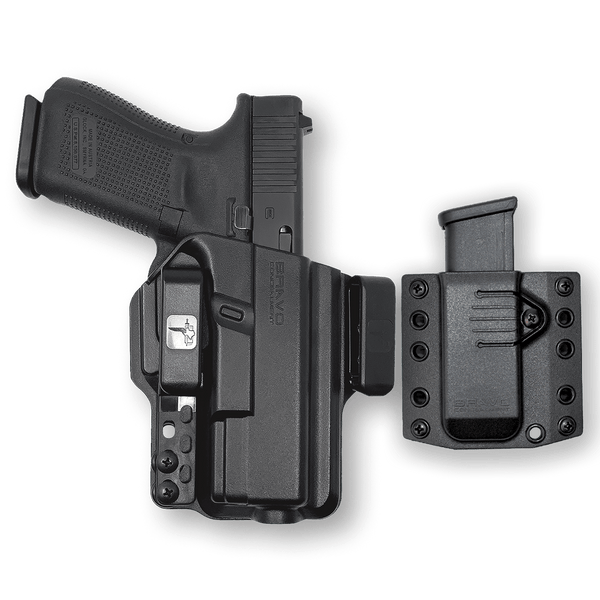
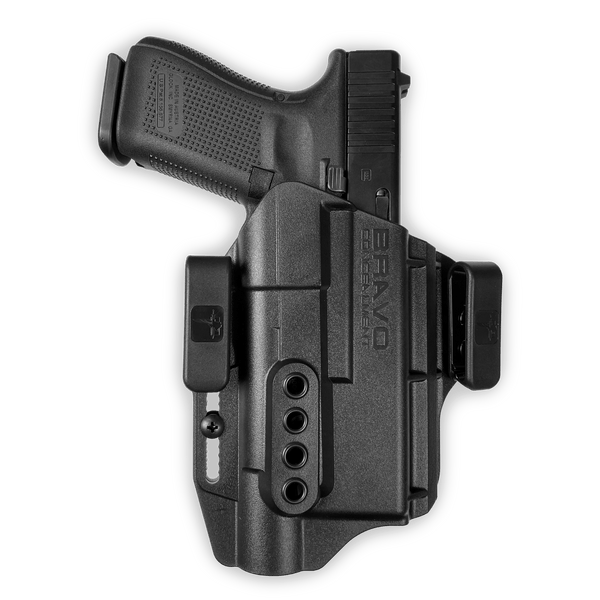
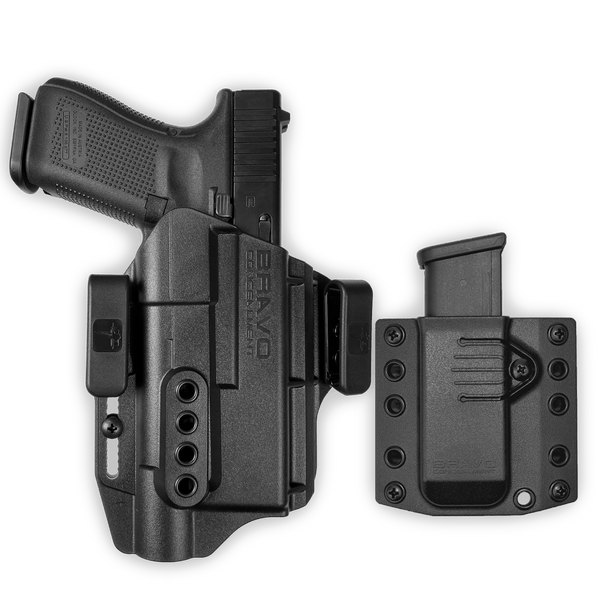
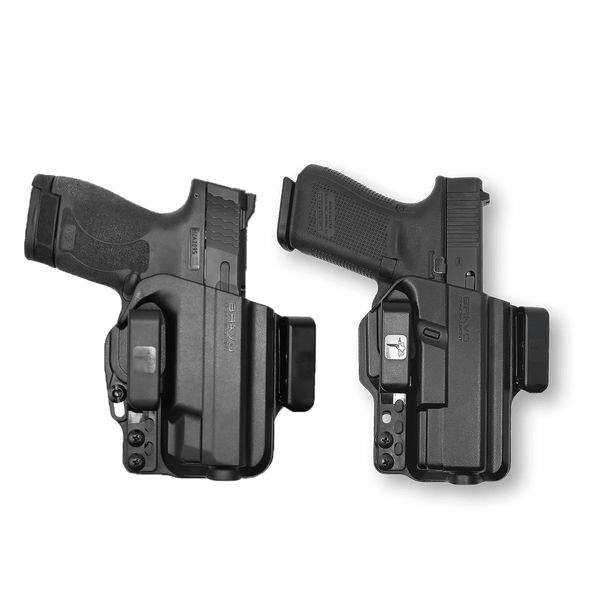
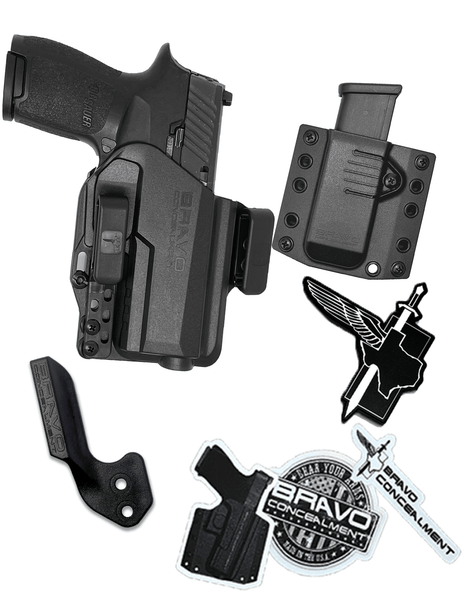

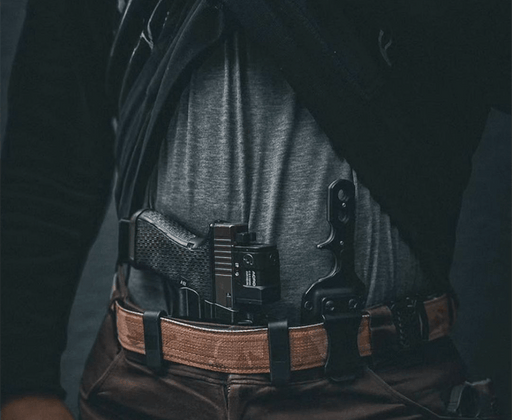
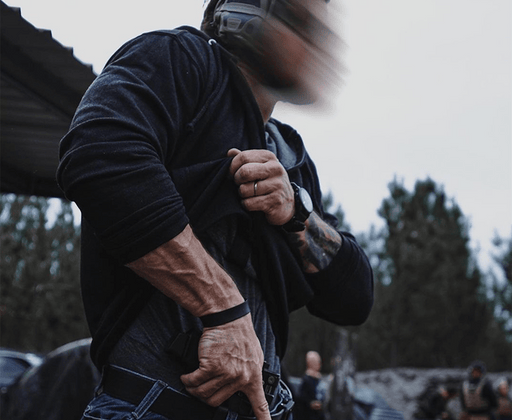
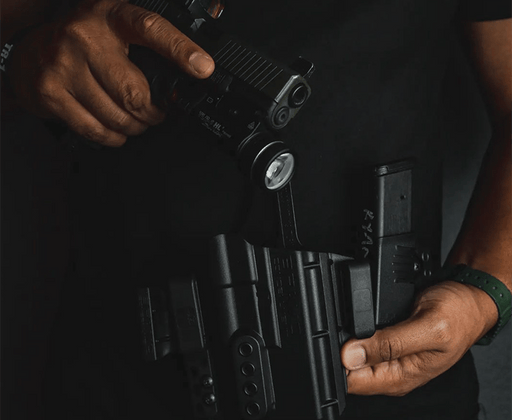
Leave a comment
1 comment
Great article. I started my steel target transition about a week ago. After watching many, many videos of pros and serious enthusiasts shooting steel I decided that it looks like a helluva lot of fun! And a great training tool. Even including just one 6" steel target mounted with scrap unistrut and allthread was incredibly fun and challenging. Now I’m starting on building a 6 6" paddle dueling tree. Got the tubes and paddles off Amazon for about $106. Purchased a Caldwell rimfire spinning target too for the misses. Got the rest of the steel just digging around scrap piles. Now it’s time to borrow a welder.
This is a suggestion for those of us who are training on a tight budget; ask around and call in favors and you will be amazed what you can come up with. A complete dueling tree on Amazon is $400+ some spendy shipping. I should have mine done for about $120. For something that I can beat on for years and repair fairly easily. If your on the fence, get steel! You won’t regret it!
Thank you Abner. ????